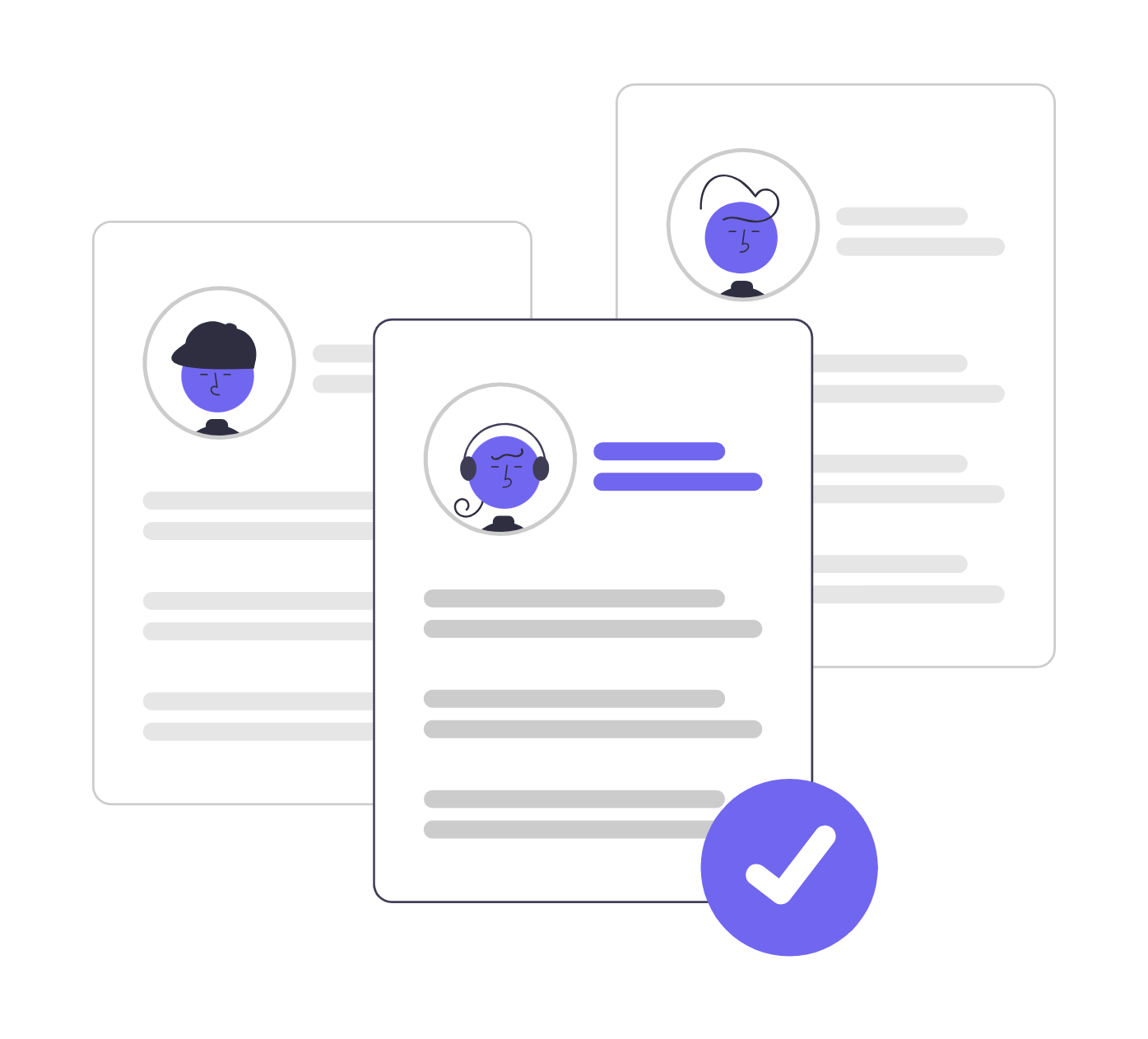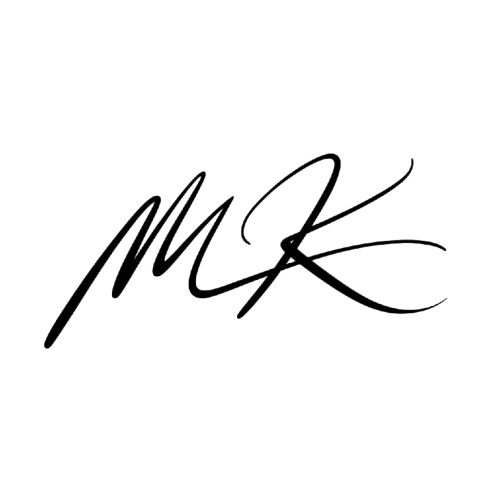Share
Hiring is one of the most critical functions in any growing business—yet far too often, recruitment strategies are cobbled together reactively, lack structure, or rely on outdated methods that don’t reflect how people actually look for jobs today.
If you’ve ever felt like your hiring process is more of a guessing game than a repeatable system, you’re not alone. The good news? You can build a recruitment strategy that’s smart, scalable, and aligned with your company’s goals. And this guide will show you how.
1. Start With the Why: Tie Recruitment to Business Objectives
A recruitment strategy isn’t a standalone HR document. It should be directly linked to your company’s broader business goals.
Are you scaling quickly? Launching a new product line? Expanding into a new region? Each of these growth plans requires specific roles to be filled—on time and with the right people.
Start by setting SMART goals (Specific, Measurable, Achievable, Realistic, and Time-bound). Example:
- “Hire 10 full-stack engineers in Q3 to support the platform rebuild.”
- “Reduce average time-to-fill for customer support roles from 45 days to 25.”
This clarity creates alignment across stakeholders and gives your team a clear roadmap.
2. Run a Skills Audit and Forecast Future Hiring Needs
Once you know why you’re hiring, the next step is to figure out who you need—and when.
Conduct a skills audit of your current team. Identify:
- Which roles are overextended?
- What skills are missing?
- Are there upcoming projects or business shifts that require new capabilities?
Don’t forget to forecast external factors too:
- Are industry-wide tech trends (like AI) shifting what skills are in demand?
- Do upcoming contracts or expansion plans require short-term staff increases?
This step helps you avoid reactive hiring and ensures you’re preparing for the future—not just plugging today’s gaps.
3. Build Realistic, Research-Backed Candidate Personas
Forget the perfect resume. Great hiring starts with understanding what really makes someone successful in a role.
A candidate persona is a research-based profile that reflects the goals, motivations, and strengths of your ideal hire. Build yours by:
- Interviewing top-performing employees: What drew them to the company? What helps them succeed?
- Talking to hiring managers: Which traits or past experiences consistently correlate with success?
- Mapping what matters more—industry experience, adaptability, or specific technical skills?
When done right, personas help you source better, interview smarter, and onboard faster.
4. Choose the Right Sourcing Strategy for the Role
This is where many strategies fall apart—using one channel for every type of role.
Your sourcing strategy should be audience-specific. For example:
- Tech hires? GitHub, Discord, niche developer communities.
- Creative roles? Portfolios on Behance, Dribbble, or industry Slack groups.
- Tradespeople? Community boards, local partnerships, trade schools, and referrals often work best.
Workscreen Eliminates low-effort applicants—including those who use AI Tools to apply, copy-paste answers, or rely on "one-click apply." This way, you focus only on genuine, committed, and high-quality candidates—helping you avoid costly hiring mistakes

5. Strengthen Your Employer Brand (and Make It Honest)
If your careers page is dry, generic, or outdated—you’re already losing great candidates.
Your employer brand is
how job seekers perceive your company. A strong one helps you attract talent without overselling. A weak or inconsistent one leads to “culture shock” and quick exits.
Ways to improve it:
- Respond to reviews on sites like Glassdoor—especially negative ones.
- Showcase real stories from your team: What motivates them? Why did they stay?
- Make sure what you promise (flexibility, growth, culture) matches what you deliver.
Authenticity is your best tool here. Candidates will do their homework. Make sure what they find reflects who you really are.
6. Standardize and Align the Hiring Process Across Teams
Authenticity is your best tool here. Candidates will do their homework. Make sure what they find reflects who you really are.
Recruiting falls apart when every hiring manager uses a different playbook.
Instead, define a repeatable hiring process with structured stages, evaluation criteria, and decision-making checkpoints.
Tips:
- Create a competency or capability profile for each role—skills + attributes that define success.
- Align interviewers on what to look for (and what to avoid).
- Use structured interview scorecards to reduce bias and improve consistency.
Easily administer one-click skill tests with Workscreen-This way you can assess candidates based on real-world ability—not just credentials like résumés and past experience. This helps you hire more confidently and holistically.

7. Use the Right Tech to Simplify, Not Complicate
If you’re still juggling hiring via spreadsheets, scattered emails, and job board logins—it’s time to modernize.
Recruitment technology (like an ATS) can:
- Automate candidate communication
- Track source-of-hire data
- Manage interviewer assignments
- Streamline scheduling and evaluations
But the goal isn’t to add complexity. It’s to remove it. Choose tools that reduce manual work and give you data to continuously improve.
Quickly identify your most promising candidates. WorkScreen automatically evaluates, scores, and ranks applicants on a performance-based leaderboard—making it easy to spot top talent, save time, and make smarter, data-driven hiring decisions.

8. Build in Review Loops and Flexibility
No strategy survives contact with reality unchanged. That’s why you need regular review cycles to adapt.
Set quarterly or biannual checkpoints to ask:
- What’s working?
- Where are we seeing drop-offs?
- Which roles are taking too long to fill?
- Are candidates dropping out at the same interview stage?
And don’t just review internally. Involve hiring managers and get feedback from candidates too.
Also, have backup plans:
- Consider agencies or RPOs if sourcing dries up.
- Use temporary staffing solutions during seasonal surges.
- Be ready to pivot tactics when the market changes (because it will).
9. Don’t Copy—Customize
Finally, the best recruitment strategy is one that fits your company—not someone else’s.
It’s tempting to copy big-company tactics or follow trendy advice. But your team, culture, resources, and growth stage are unique.
So ask yourself:
- What’s realistic for us?
- What’s scalable as we grow?
- Where can we experiment and improve?
Use frameworks like this one as a guide—but make it yours.
🧠 Final Thoughts: Strategy Is a System, Not a Slide Deck
A good recruitment strategy doesn’t live in a Google Doc—it lives in how you hire every day.
It’s seen in how your job posts speak to the right candidates, how your hiring managers evaluate with clarity, and how your process adapts when things don’t go to plan.
If you’re intentional, honest, and iterative, you’ll not only hire faster—you’ll hire better.
FAQs
A: The most effective method depends on your goals, budget, and talent needs—but a skills-based approach combined with proactive sourcing is increasingly seen as the most reliable. It prioritizes candidate ability over credentials and reduces hiring bias.
A: Start by defining clear hiring goals, streamlining your job descriptions, using skills assessments, and automating repetitive tasks like resume screening and scheduling. A well-planned strategy saves time and improves hiring quality.
A: Without a strategy, recruitment becomes reactive and inconsistent. A solid strategy ensures alignment with company goals, helps attract the right candidates, and reduces costly mis-hires.
A: Work closely with leadership to forecast hiring needs based on growth targets, product development, or expansion plans. Then build your hiring plan around those milestones.
A: Common metrics include time-to-hire, cost-per-hire, source of hire, candidate quality, and retention rate of new hires. These help identify what’s working and where to improve.
A: Adjust your approach based on the role’s complexity, required skills, and seniority level. For example, tech roles may require sourcing from niche platforms, while entry-level roles may benefit from broader job boards or campus recruitment.
A: A strong employer brand attracts better candidates organically. Showcasing your culture, mission, and employee experiences can significantly improve candidate engagement and reduce drop-offs.
A: Ideally, review it quarterly or after each major hiring cycle. Regular updates ensure your strategy stays relevant to market changes, candidate expectations, and business shifts.
A: Yes—by incorporating structured interviews, anonymized screening, and skills-based assessments, you reduce reliance on gut feeling and surface-level credentials, leading to fairer decisions.

